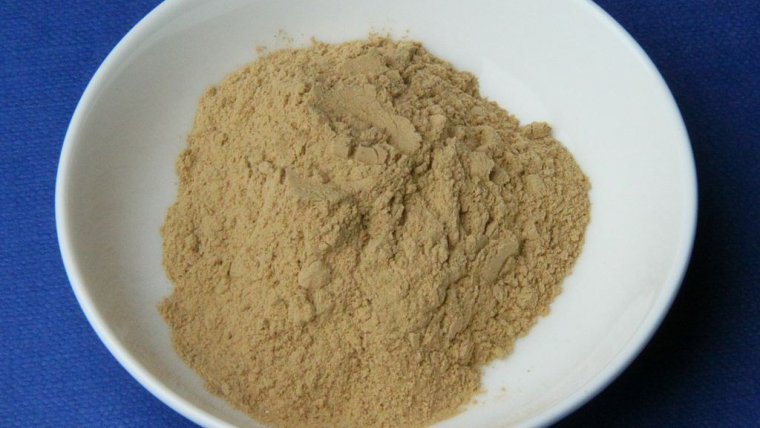| News / Science News |
Scientists discover how blue and green clays kill bacteria
NSF | MARCH 16, 2016
A new discovery by Arizona State University scientists shows that two specific metallic elements in the right kinds of clay can kill disease-causing bacteria that infect humans and animals.
Two elements in the clay work in tandem to kill bacteria. One metallic element -- chemically reduced iron, which in small amounts is required by a bacterial cell for nutrition -- tricks the cell into opening its wall. Then another element, aluminum, props the cell wall open, allowing a flood of iron to enter the cell. This overabundance of iron then poisons the cell, killing it as the reduced iron becomes oxidized.
After analyzing dozens of samples, the team identified a blue-colored clay from the Oregon Cascades that proved to be highly antibacterial.
The research shows that it works against a broad spectrum of human pathogens, including antibiotic-resistant strains such as methicillin-resistant Staphylococcus aureus (MRSA).
The greens and blues of antibacterial clays come from having a high content of chemically reduced iron, as opposed to oxidized iron, which provides the familiar rust color associated with many clays.
Such "reduced" clays are common in many parts of the world, typically forming in volcanic ash layers as rocks become altered by water that is oxygen-deprived and hydrogen-rich.
Because blue and green clays abound in nature, the discovery of how their antibacterial action works should lead to alternative ways of treating persistent infections and diseases that are difficult to treat with antibiotics.
YOU MAY ALSO LIKE




